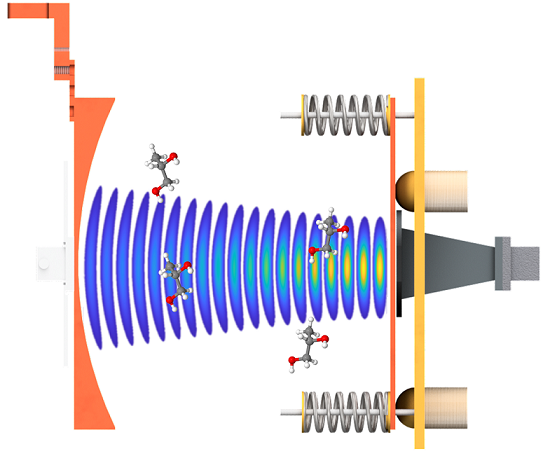Observation of parity-violating effects in chiral molecules is a long-standing challenge of the molecular spectroscopy community. In the microwave regime, the difference in transition frequencies between enantiomers is predicted to be below the mHz level, which is considerably beyond current experimental capabilities. The most promising future efforts combine vibrational spectroscopy, buffer gas cooling, and carefully chosen molecular candidates with large predicted parity-violating shifts. Here, we demonstrate for the first time high-precision differential microwave spectroscopy, achieving sub-Hz precision by coupling a cryogenic buffer gas cell with a tunable microwave Fabry-Perot cavity. We report statistically limited sub-Hz precision of (0.08±0.72) Hz, observed between enantiopure samples of (R)-1,2-propanediol and (S)-1,2-propanediol at frequencies near 15 GHz. We confirm highly repeatable spectroscopic measurements compared to traditional pulsed-jet methods, opening up new capabilities in probing subtle molecular structural effects at the 10−10 level and providing a platform for exploring sources of systematic error in parity-violation searches. We discuss dominant systematic effects at this level and propose possible extensions of the technique for higher precision.

